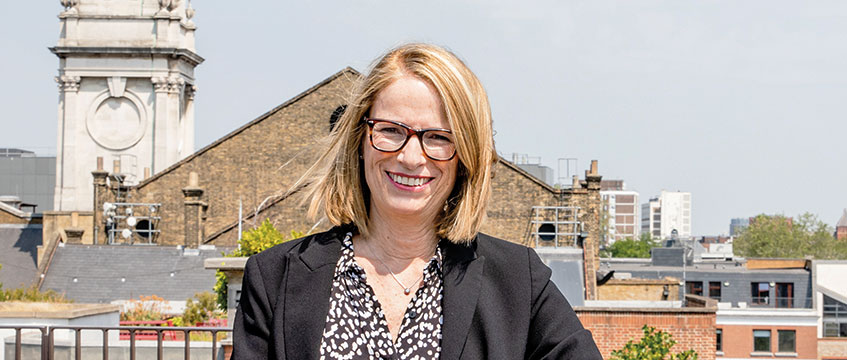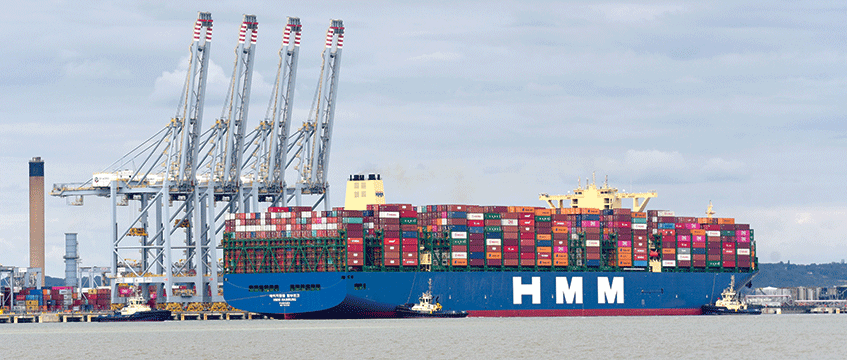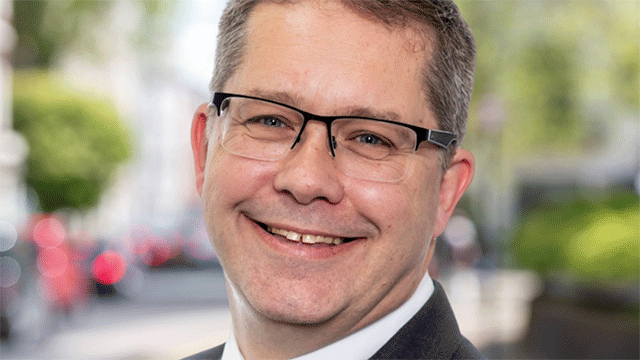COMMENT Despite the old saying “any port in a storm”, there are currently few hiding places from the economic challenges facing the country. The ports sector, though, is well placed to play a leading role in a sustainable, post-Covid, post-Brexit recovery.
In the first half of this year, terminals on the Thames have collectively handled more cargo than any other UK port. Ever since the first lockdown, our priority has been to keep the country running by ensuring the continued delivery of vital products.
Since March, we have welcomed more than 4,500 vessels from around the world, ensuring food in our cupboards, petrol in our cars and much else, including medicines and the PPE needed to tackle the pandemic.
Crucially, exports have continued to flow from our shores too. This success has only been possible due to long-term investment.
Match-fit
At Purfleet, a new 10,000-vehicle storage unit created by CDLN has facilitated additional daily Benelux sailings. London Gateway, meanwhile, remains the country’s fastest-growing container terminal. DHL this week becomes the latest company to sign up to be part of the new 482,000 sq ft logistics park there. Construction is due to start early in the new year and due for completion in 2023.
It’s an ongoing process. At the end of the month, Forth Ports will open the first phase of Tilbury2. Alongside P&O’s nearby freight ferry hub, this 160-acre expansion will make the south Essex shoreline the home of the UK’s biggest construction processing terminal. As a result, new trade routes are emerging, from Portugal to Norway. The tidal Thames is without doubt match-fit for post-Brexit trading.
A positive pending government decision on funding for enhanced border control arrangements would further boost our ability to cope with the expected uptick in required checks.
At the epicentre of Europe’s biggest markets, we are ready to make the most of all the opportunities that come our way. Most imminently, London Gateway and the Port of Tilbury are finalising a joint bid to be in the government’s first wave of freeports, including Ford’s Dagenham engine plant.
If successful, it will boost jobs and training in deprived communities and encourage investment in technology and innovation, across the manufacturing, automotive and aerospace sectors.
London Gateway has almost 10m sq ft of land with planning consent and Forth Ports is completing its latest major expansion to its footprint at Tilbury2, with in excess of 200 acres of land being prepared for development. No other port cluster in the south of England has the comparable global connectivity and capacity to expand materially its operational area and therefore attract new investment within the lifetime of this parliament.
Low-carbon priorities
It is clear that “building back better” must mean building back greener too. Improving air quality by using the river to take more lorries off the roads is a no-brainer.
We can do this by growing the river’s ability to transfer light parcels, alongside more traditional bulk cargoes, such as building materials. This would capitalise on the downriver terminals’ position for quickly dispatching goods up the Thames and into central London.
They could link up our £20m investment at Peruvian and Royal Primrose wharves in Newham, in tandem with the flexible, off-peak use of London’s passenger pier network.
DHL has led the way on this front, recently launching its river parcels service, in collaboration with Uber Boat by Thames Clippers, connecting Putney and Bankside. We hope others will follow their lead.
Most importantly of all, a low-carbon approach will be key. As an organisation, we are committed to more than halve our carbon emissions within three years and achieve net zero by 2040, or sooner.
And we are already making inroads. Leader, the UK’s first hybrid cutter, transferring our pilots to and from visiting ships, is already in active service. This month we also launched the Thames Green Scheme, encouraging early adopters of environmentally friendlier practices on the river.
It’s not going to be easy or straightforward, by any means. With so many moving parts in play, partnership will be essential, not least with the City of London, the mayor and the new Thames Estuary Growth Board.
After a difficult 12 months on so many fronts, we can, with energy and innovation, put our ports and rivers at the heart of the country’s renewed economic and environmental prosperity.
Robin Mortimer is chief executive at the Port of London Authority











